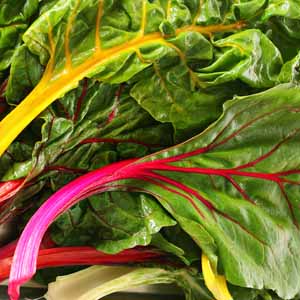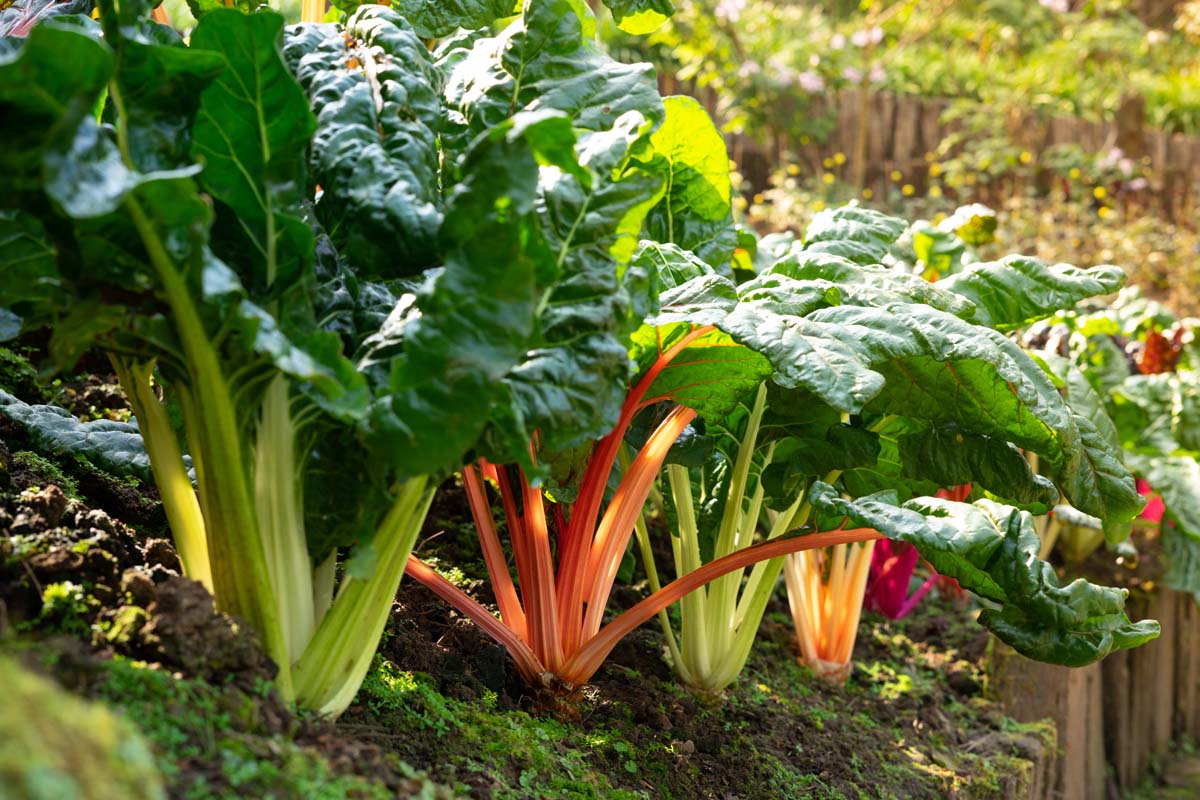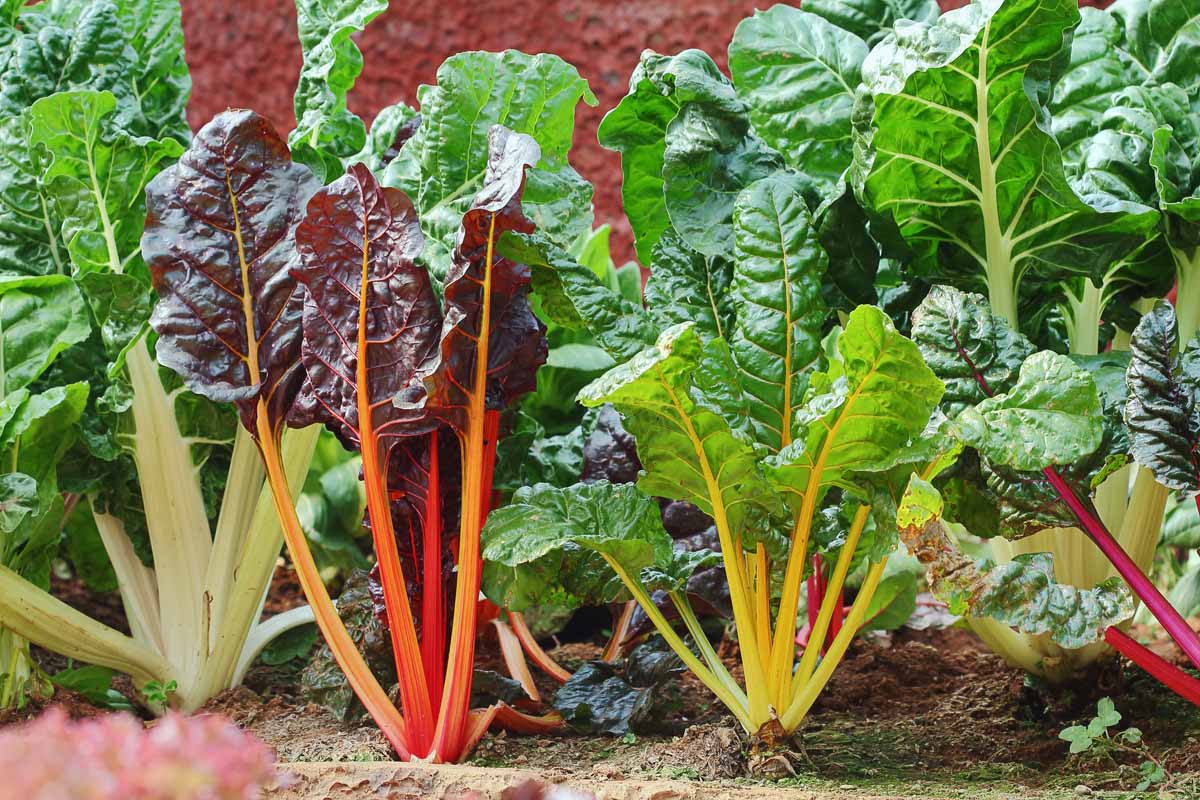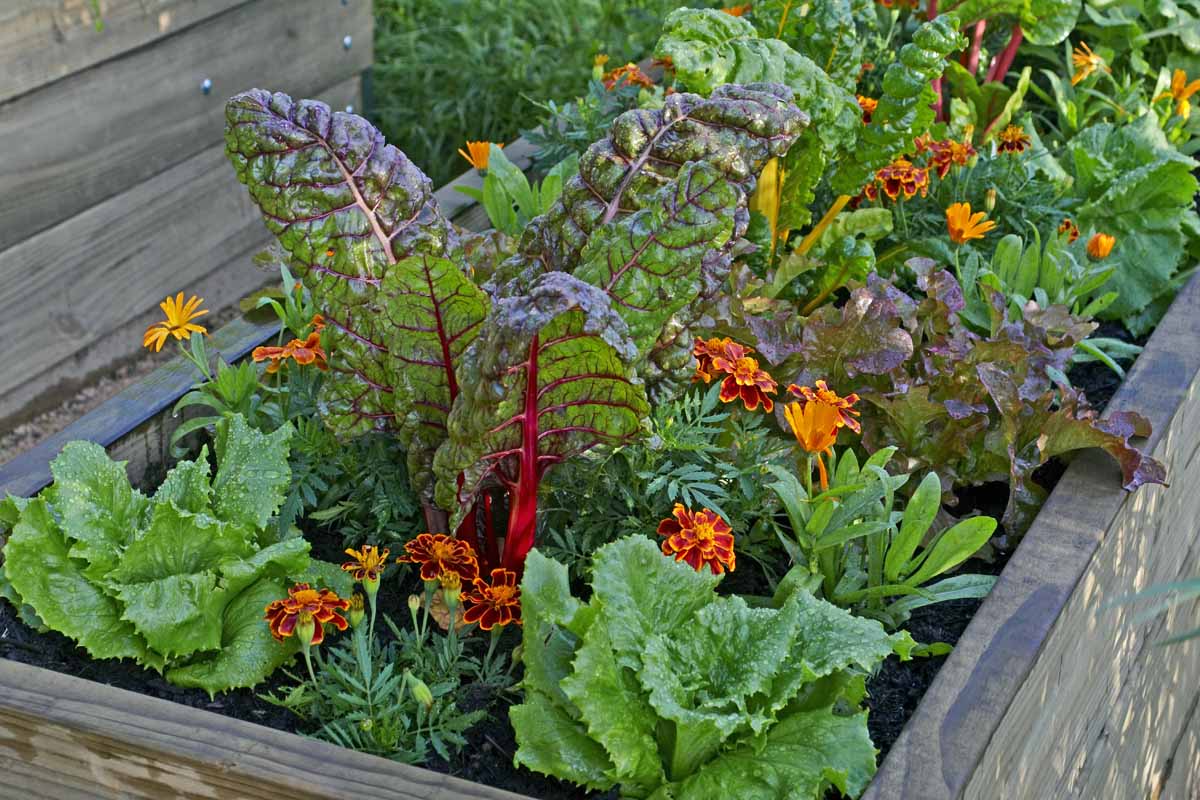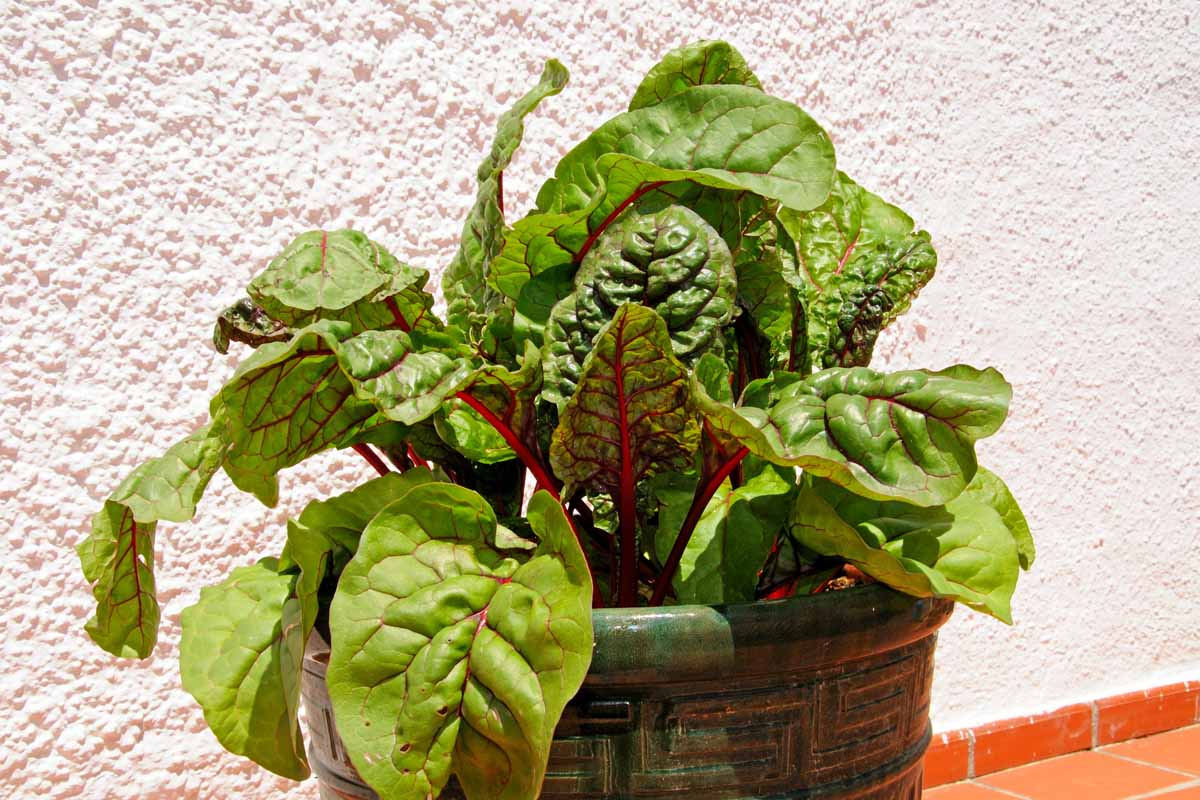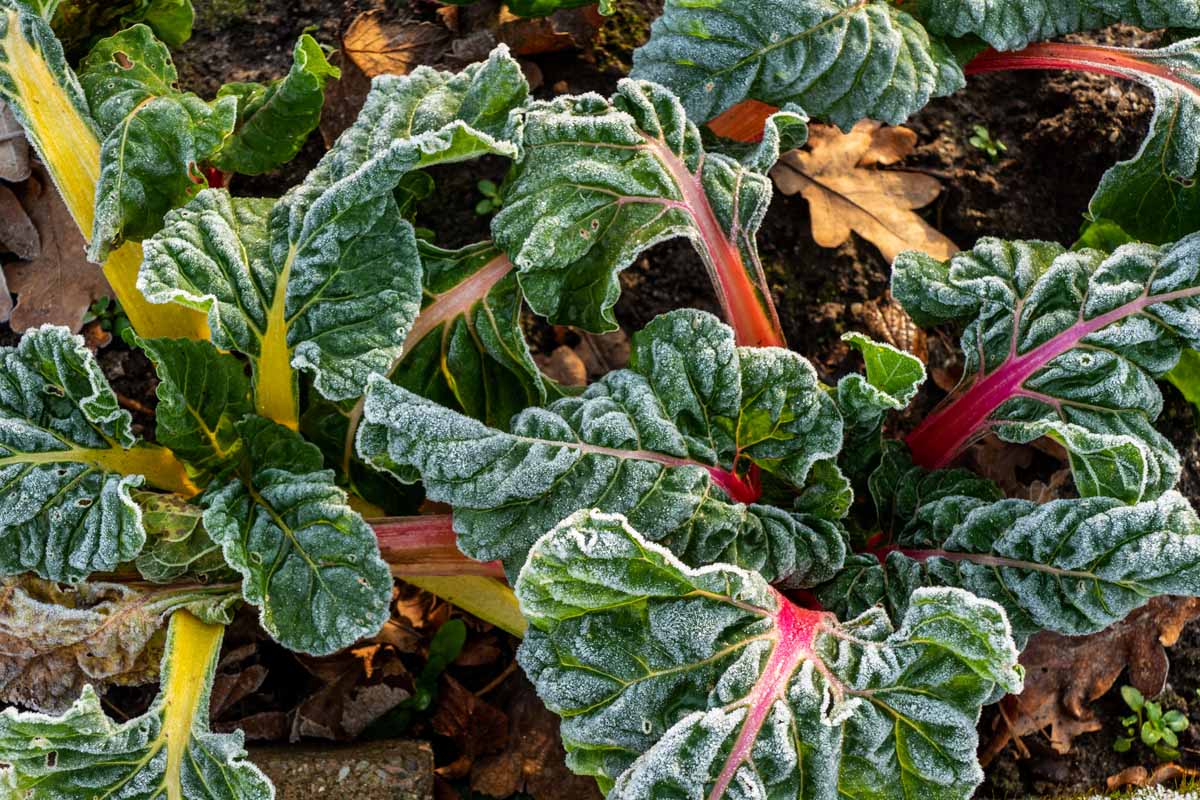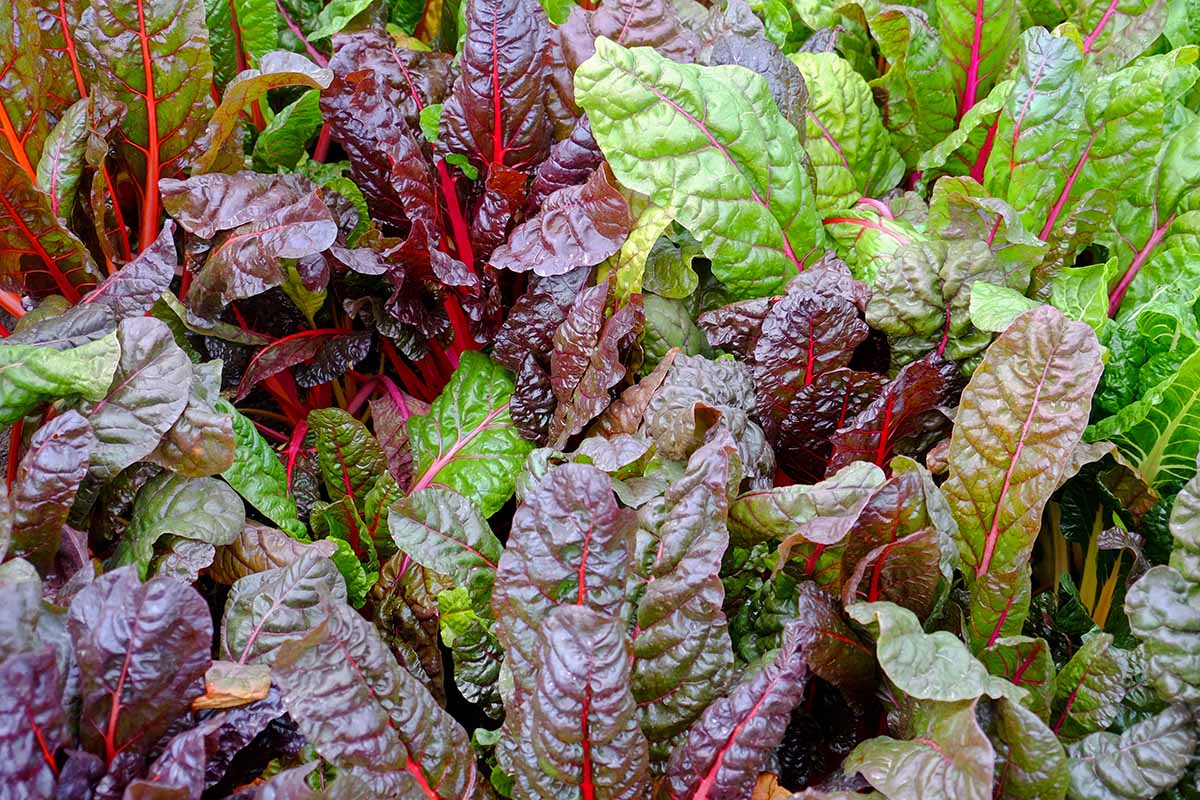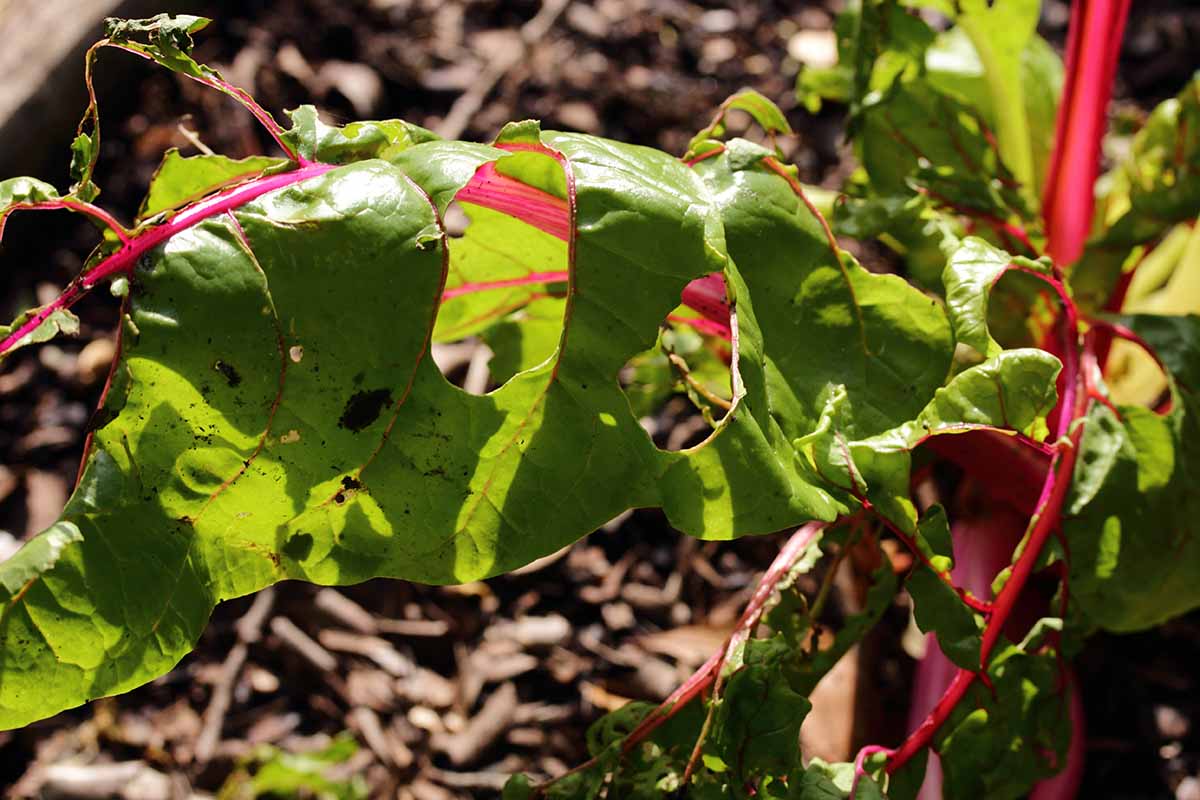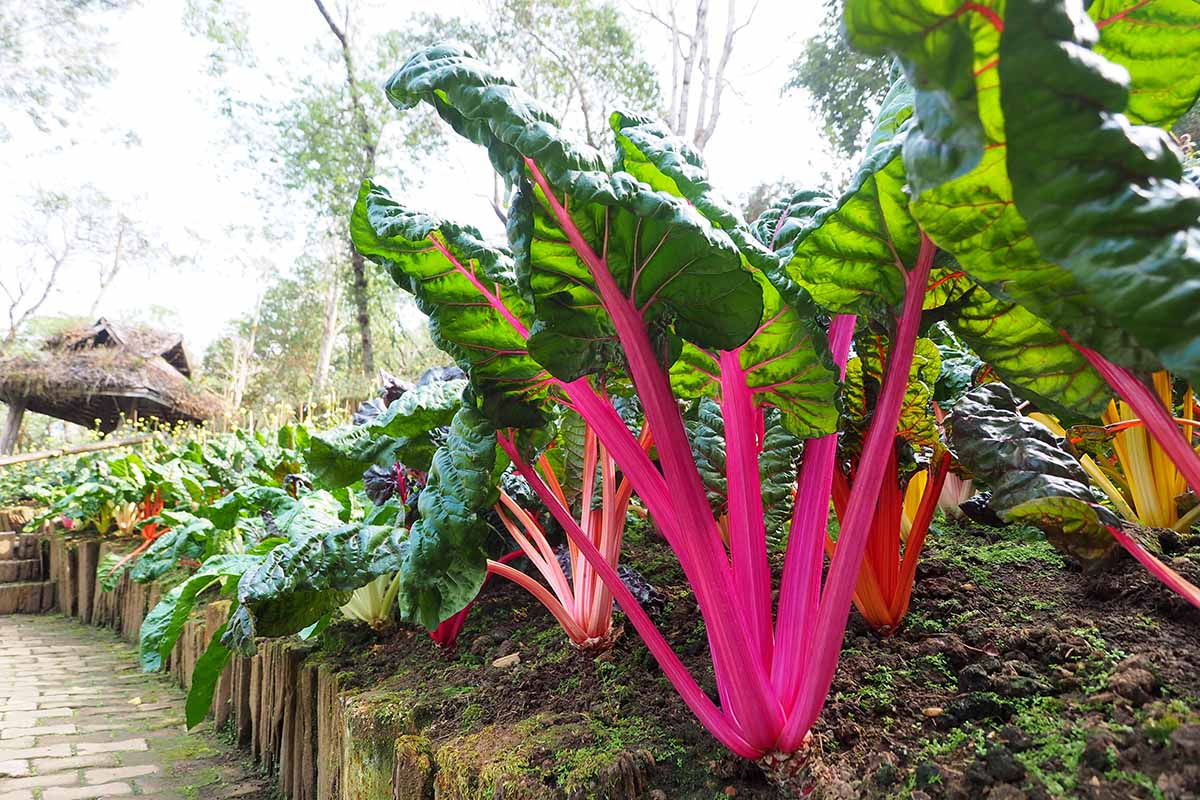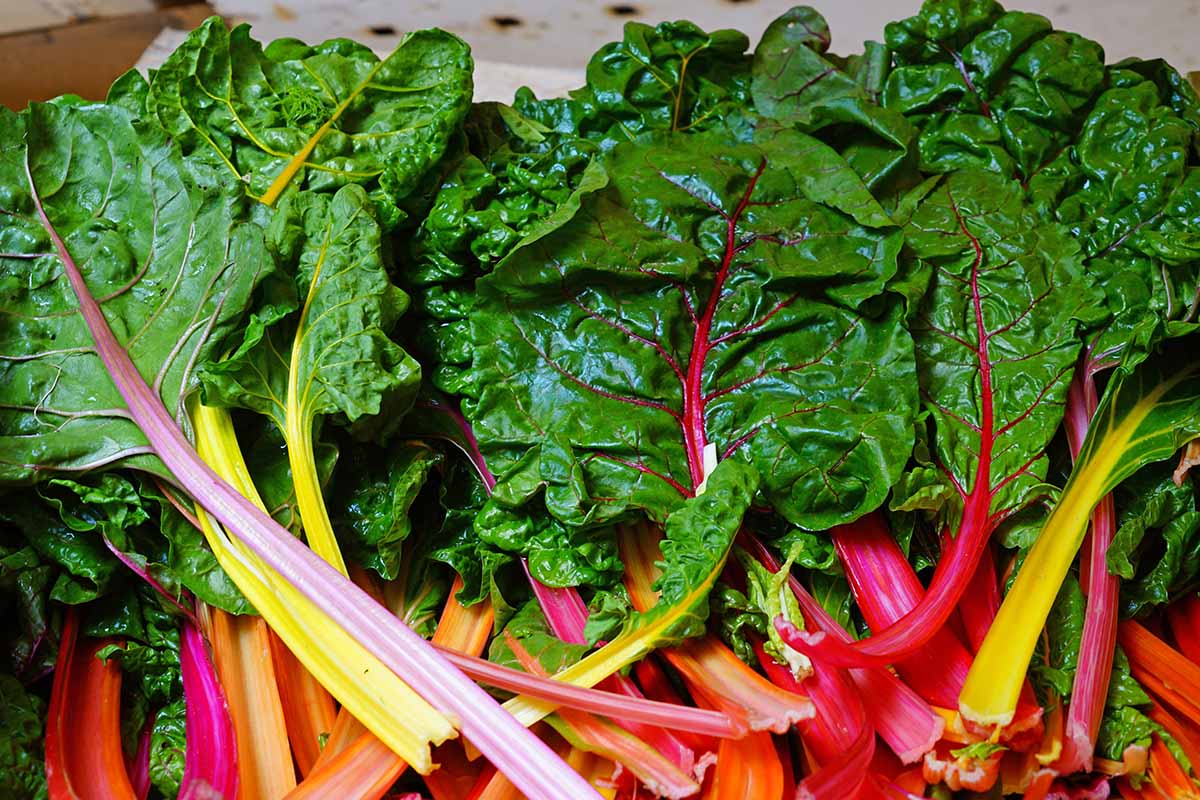How to Plant and Grow Swiss Chard
Are you interested in expanding your repertoire of leafy green vegetables in the garden? Then colorful Swiss chard is for you. Cold and heat tolerant, it produces multiple harvests per season, and can be eaten cooked and raw in a variety of dishes. Learn how to cultivate it in your garden, here on Gardener’s Path.
